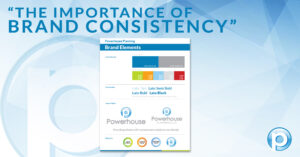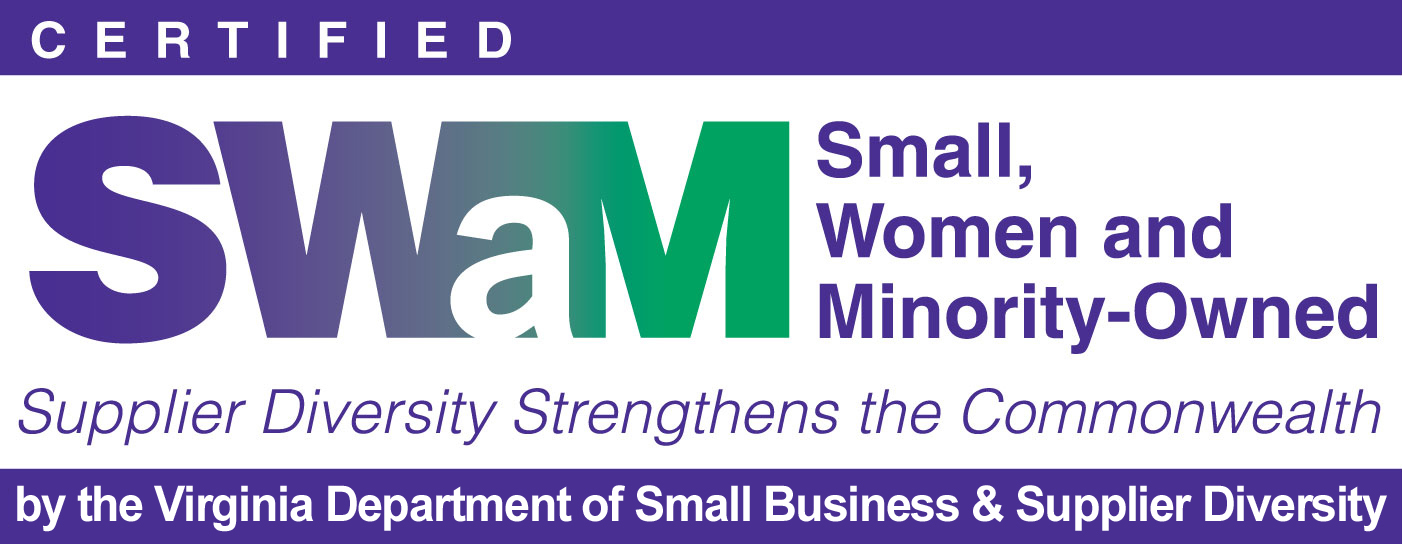If you’ve ever done a branding exercise—designed a logo or rebuilt a website, for example—then you’ve already begun to embrace the idea that branding is an important part of business. And yes, the visuals of your brand, like logos and websites, are important. But your brand is much bigger than the aesthetics.
Your brand is everything that a customer or perspective customer encounters when it comes to your business. It’s your mission statement, your values, your written communications, your commercials or print ads, and, of course, it’s your products and services.
If your brand were a person, it would be the equivalent of its personality. There’s even a term for this: your brand identity. And the people interacting with your brand make purchasing decisions based upon emotion, not logic (even when they think they’re being super smart about “doing their research”).
Your job as the creator or manager of your brand is to make sure the emotions your customers feel include sentiments like familiarity—they recognize and know your brand—and dependability—they feel like they can rely on you to be the company you present yourself as. If you don’t care about your “brand identity,” if you think that’s a bunch of fluff that has no substance, you send that message too (one that’s better for your competitors).
So, what’s the secret to sustaining a brand that’s easily recognizable and trustworthy? Brand consistency is everything. And yes, you can hire very expensive consultants or teams to support this effort, but if the budget’s not there for the pros, you can also still be mindful about brand consistency and reap the rewards.
Get team buy-in. Your employees should be experts on not just your products/services, but also the story your company tells—its value proposition. This is true whether their job description includes sales or not. When everyone working for you is clear on your “why” and “how,” they’re better able to support your brand consistency efforts from within.
Refer to the manual. Create and enforce brand guidelines that are to be used by everyone involved with the business. These are the colors and fonts we use. Here’s our origin story. This is the tone/voice we write with. These are our target demographics. Mapping out the visuals and storytelling choices you’re committed to as a business in a set of brand guidelines means everyone has and can easily follow the same set of rules. That translates to greater brand consistency.
Pro Tip: Your brand guidelines can be an informal document or a beautifully crafted packet. Either way, they are (should be) a living, breathing thing that is regularly revisited, reviewed, and updated as needed. If there are changes made as you do business (e.g., new product offerings, new graphics, etc.), make sure those are reflected in your brand guidelines and then implemented across all platforms and branding assets.
Promote accessibility. The best way to get everyone on the same page—your best chance of having consistent brand promise and delivery—is to make sure your branding assets, including your brand guidelines, all live in the same place and can be accessed by the content writers, web designers, and marketing specialists who need them. This way, everyone is pulling from the same agreed-upon sources. And it’s an easy way to avoid version confusion too. This folder/file/drive should always house the most recent versions of any branding collateral you use.
Pro Tip: Worried about losing or deleting the older versions of things? Make a sub-folder in your branding assets collection for archived materials, and you can easily go back and reference what has been used in the past.
Whether you dive in and fully commit to revisiting and revamping all the elements that together make up your brand identity or decide just to dip your toe in, like with one of the suggestions above, it’s worth the effort. Your customers and potential customers will get to know you better when what they see is consistent in all the places you interact with them (social media, website, etc.). As that happens, you’ll show yourself to be familiar, reliable, and trustworthy. And ultimately, that will allow you to share more of your special brand of value with the world.



